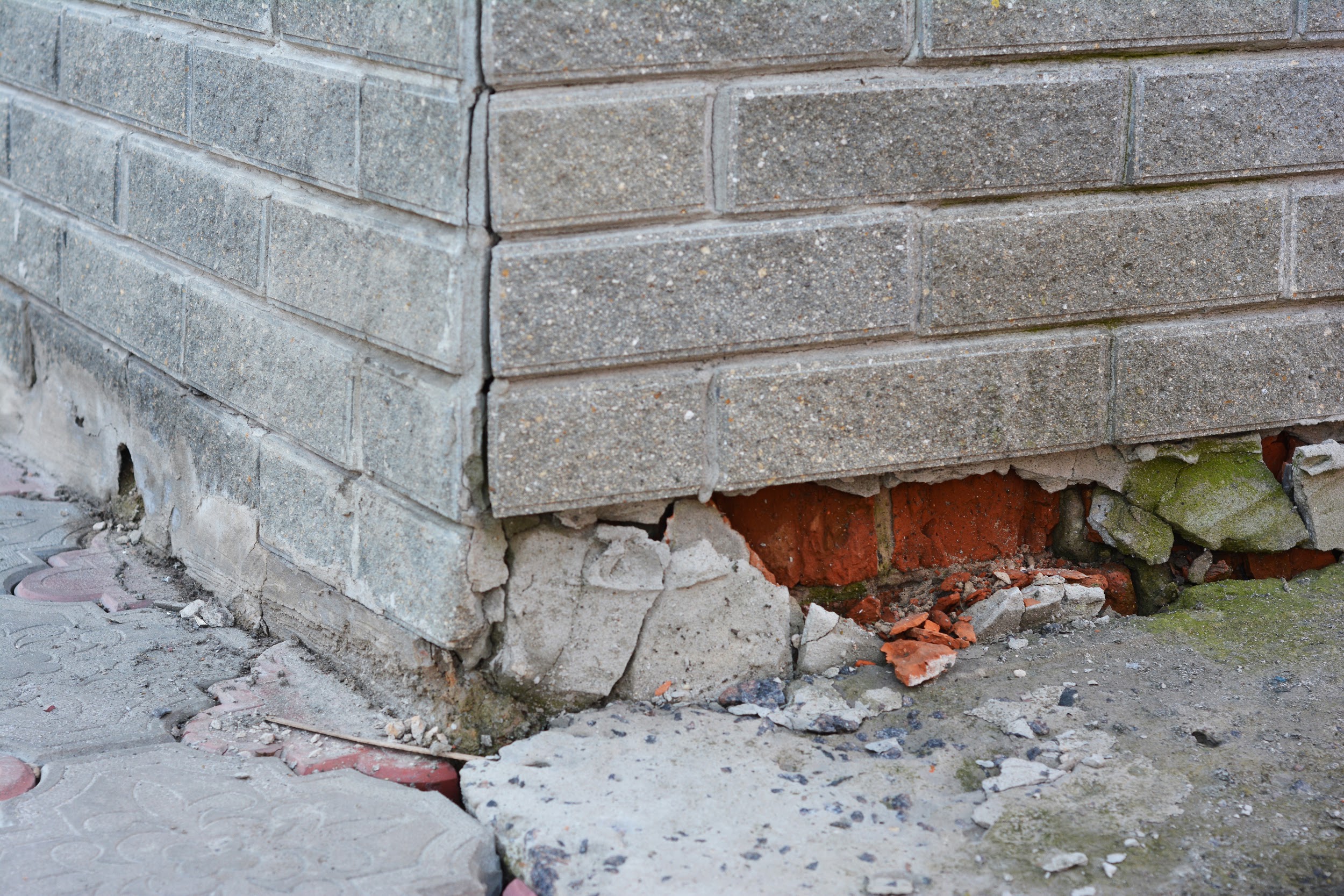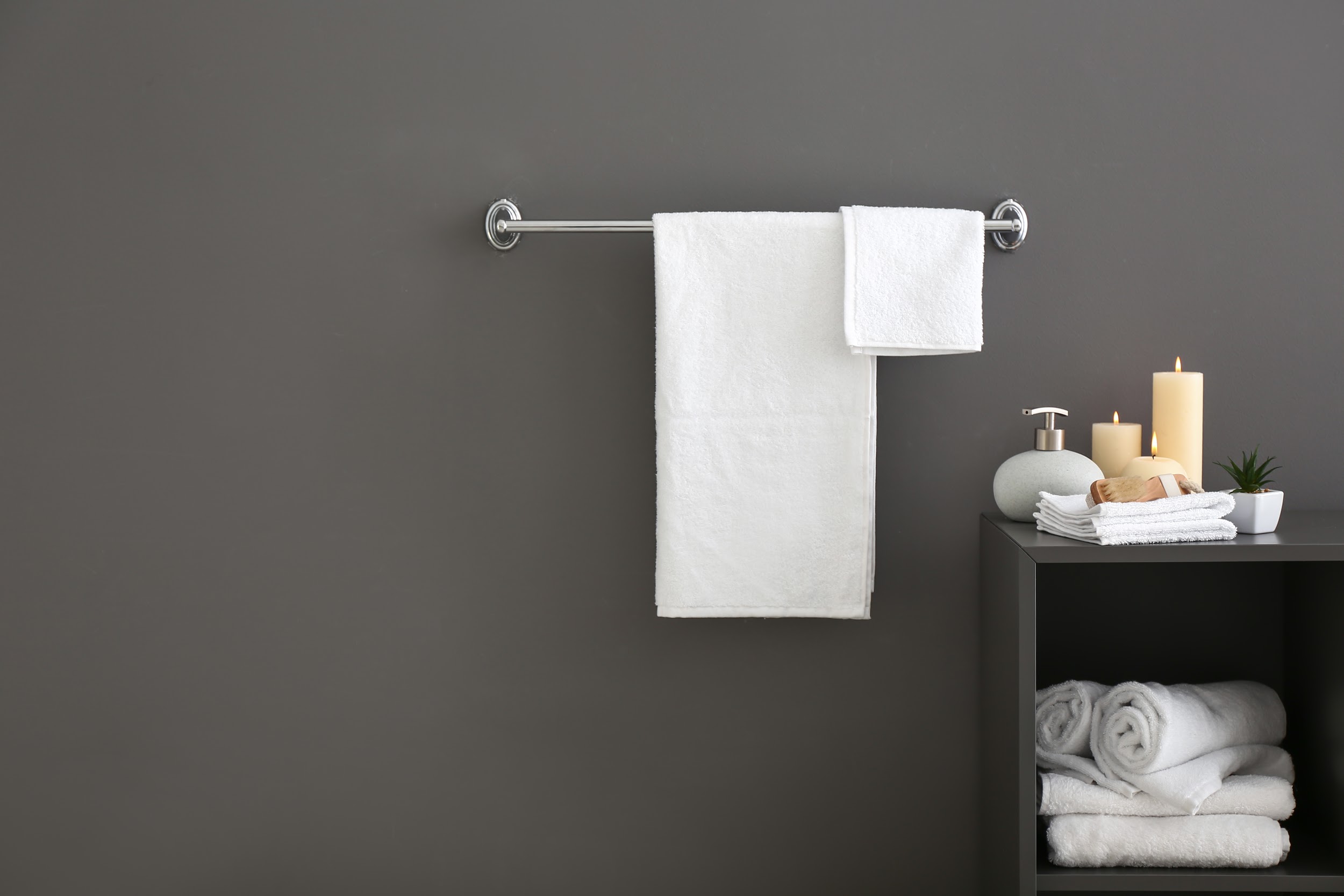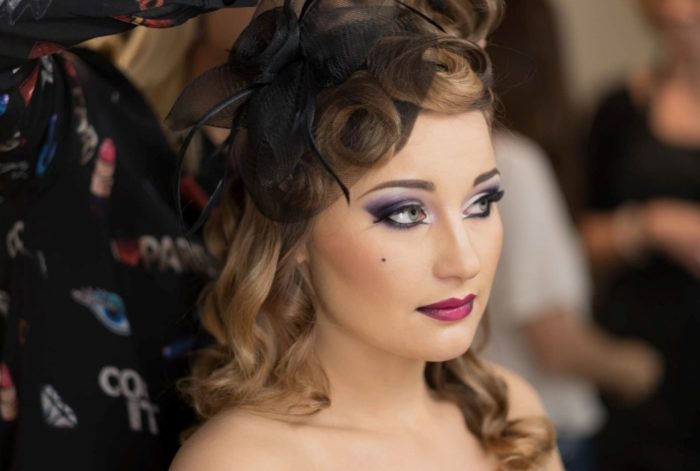If you’re interested in getting foundation repair, or you think your place of work or residence may need foundation repair, this article may help you. We’ve brought together the most commonly asked questions about foundation repair, all with the goal of educating you, the reader, on what to look for, and how to know that it’s time to call in a construction expert.
What will a foundation repair cost me?
For property owners, the average cost of a foundation repair is generally slightly higher than $4000, but can go as low as $1800 and as high as $6500. Minor patching jobs to fix small cracks will usually cost as little as $500, while more major structural repair jobs and underpinning can cost as much as $13,000.
What is the best way to repair foundation, and can I do it myself?
While for most building repairs we’d recommend calling in a trained professional, especially if you don’t know what you are doing, small foundation issues can be fixed pretty easily, and in the following way. You should dampen the cracked foundation, by spraying it with misted water. Push the hydraulic cement mixture into the crack with a putty knife, before allowing it to dry for an hour (two hours at the very most). Add another extra layer of cement mixture, on top of the crack. You can use a trowel to level the cement patch, making it smooth like the wall surface.
How long will a foundation repair specialist take, to repair cement cracks?
Generally it takes 2 to 3 days, although this highly depends on the context, the nature of the situation and a number of other factors. You should ask this when you are enquiring about foundation repair, as the individual contractor will be able to give you an exact timeframe once they have inspected the site.
What happens after a foundation repair?
After a foundation repair job has been completed, you may notice visible cracks that are still in the walls or bricks. This is completely normal, and does not mean the repair was ineffective. It takes a few weeks to properly see if there have been changes to the pre-existing cracks, as well as checking if new cracks have developed. Once the foundation has settled, you can go back and fill in these cracks.
What happens when you don’t fix a foundation problem in a building?
When you don’t fix the foundation of a building, it leaves the opportunity for mould and mildew to grow, which in turn can lead to the deterioration of the wooden members under your home, as well as the disrepair of beams. Cracks and poor sealing around piers and beam foundation can allow water to find its way into the crawl space.
How do you find the best way to repair foundations?
Here are the most common methods of repairing a building’s foundation:
- Steel piers
- Helical piers
- Concrete pier foundation repair
- High density polyurethane foam
- Segmented piers
- Spot piers
Is it safe to be in a building with foundation issues?
While it is possible to live and work in a structure with foundation problems, if you are the owner of the building, you’ll be sorry to hear that it can negatively impact the resale value of the property.



